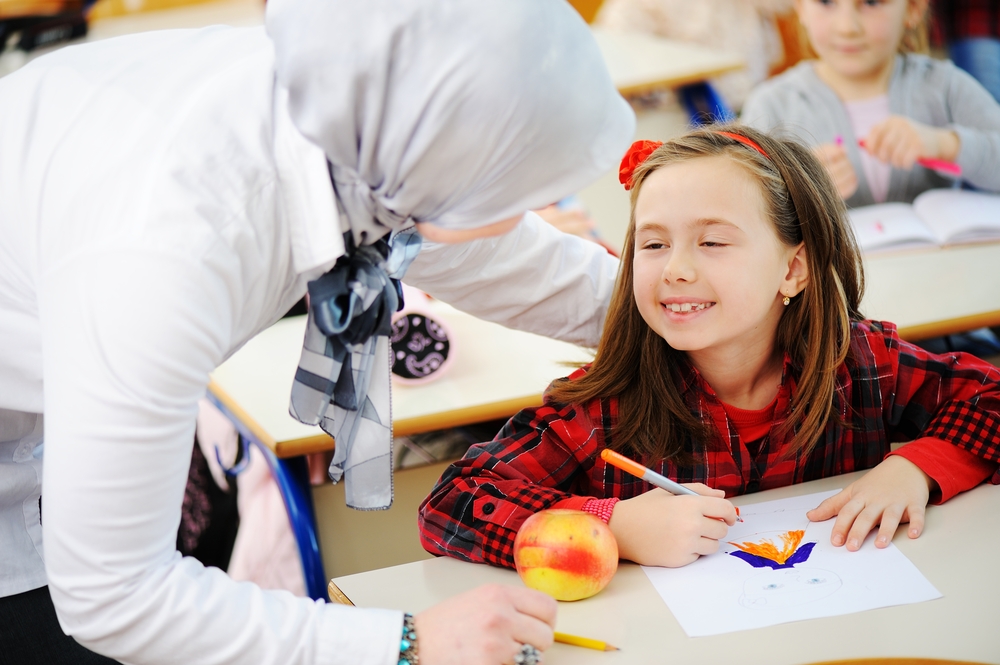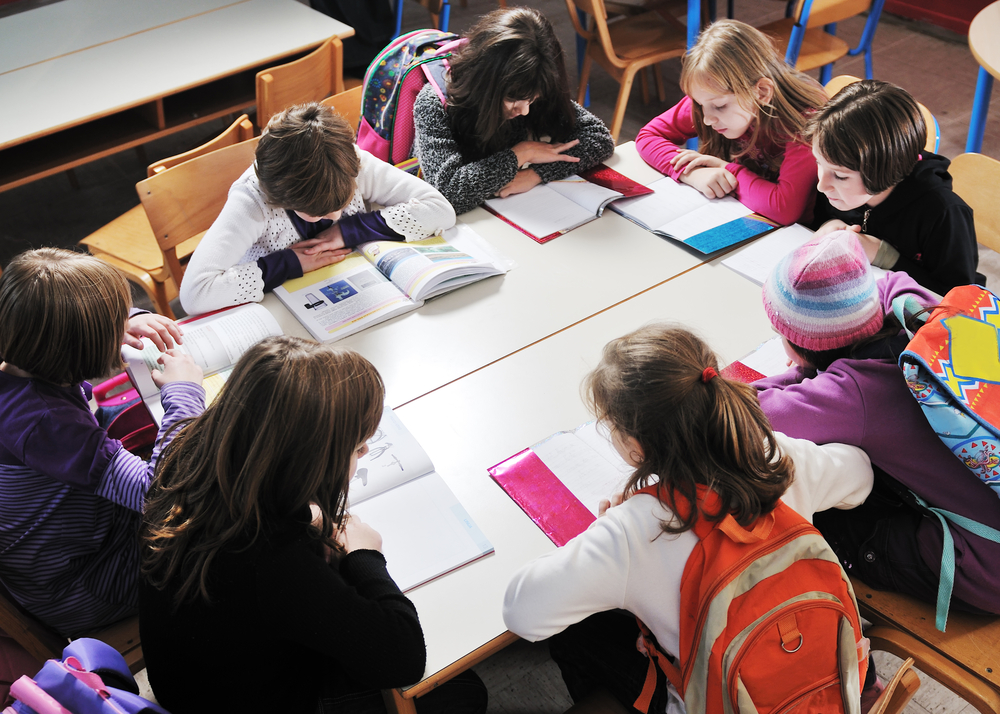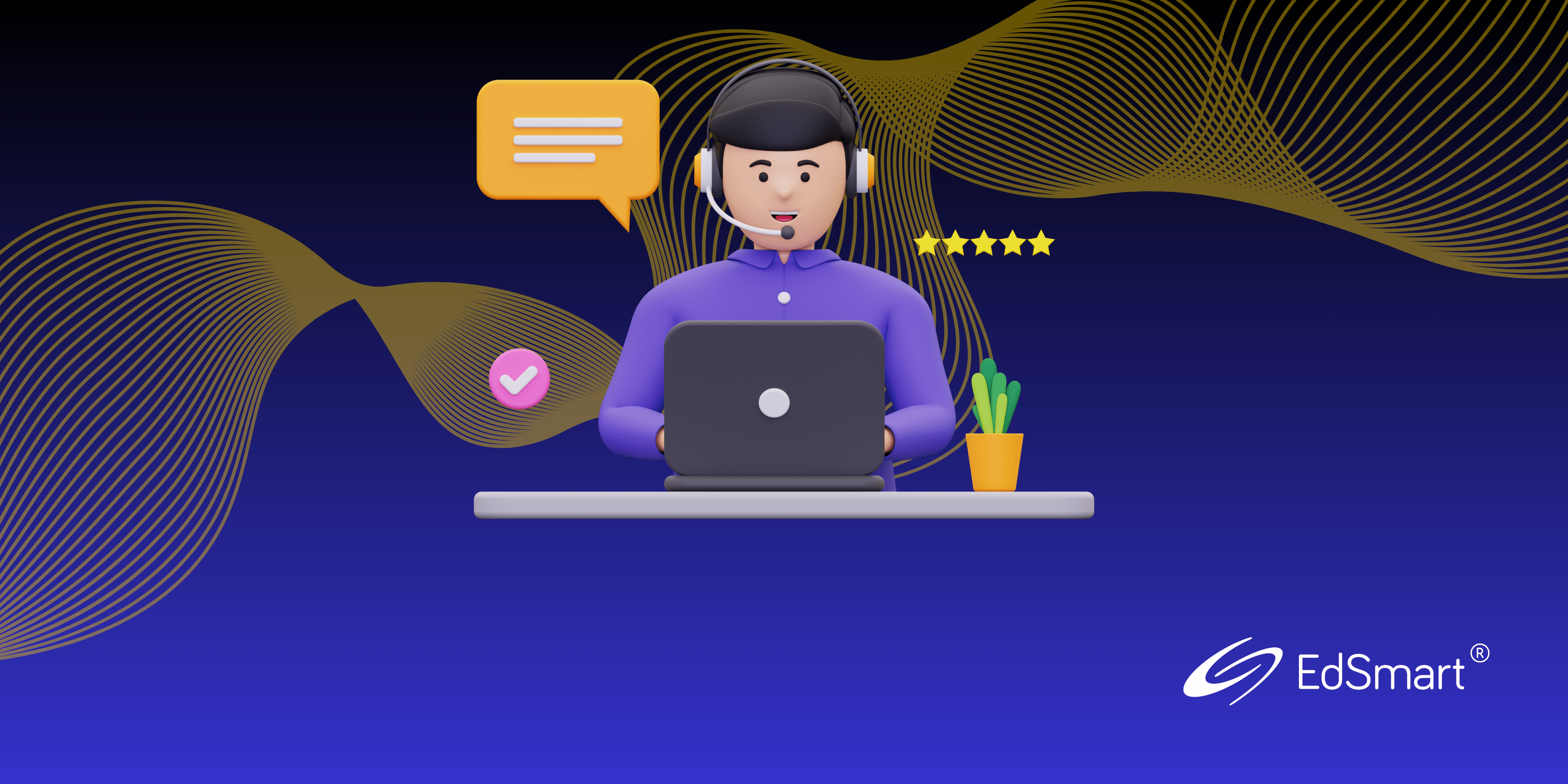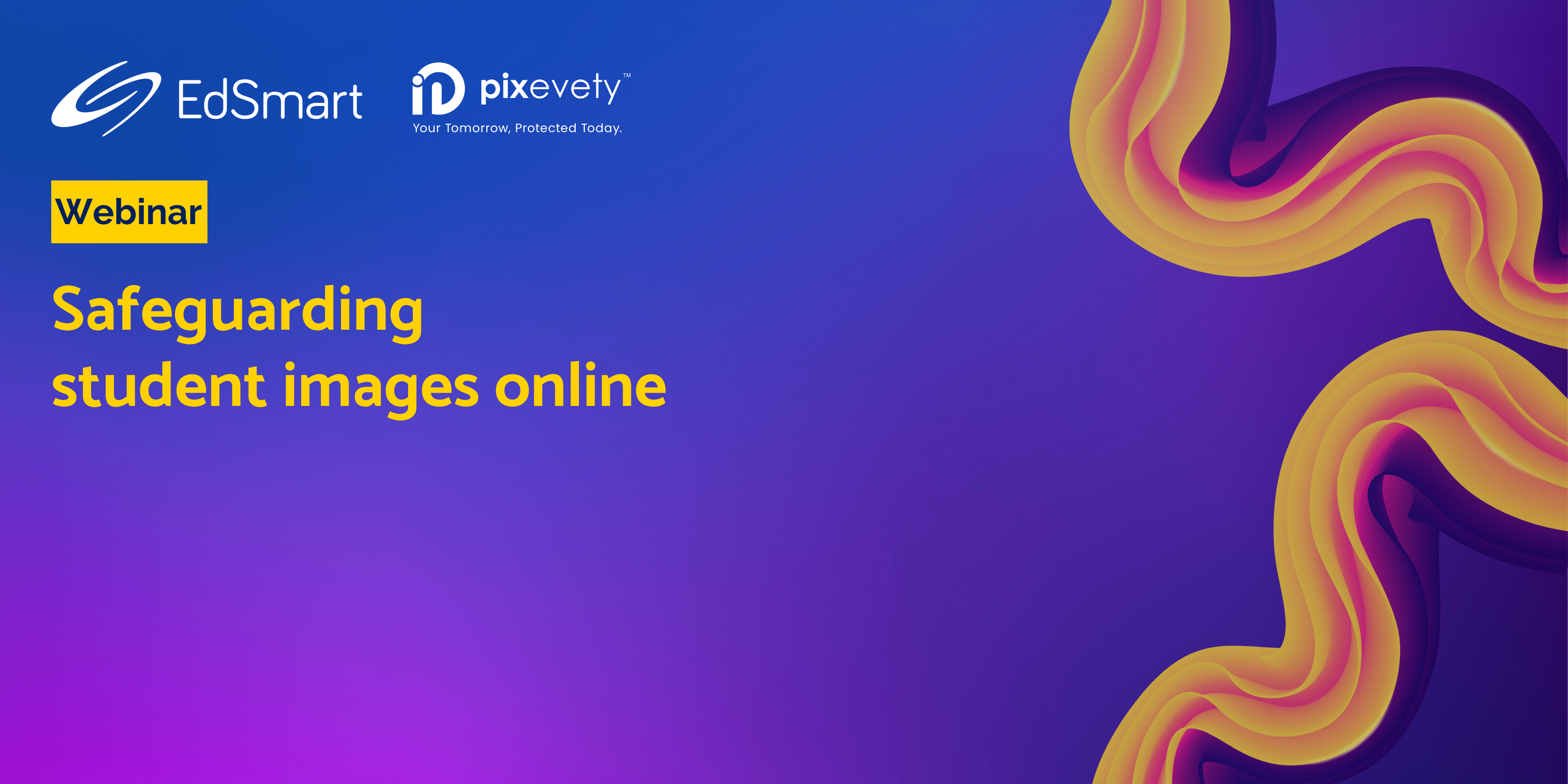“When students are engaged in class, they learn more”… Could Personalised Learning be the answer to your teaching prayers?
Schools are given the responsibility of providing learning environments that facilitate each student’s ability to realise their potential.
As well as academic excellence, today’s schools and learning institutions strive to produce confident and resilient graduates, equipped with the emotional intelligence and cognitive skills that don’t just enable them to accept change but flourish in it.
One of the biggest obstacles to achieving this outcome is student disengagement. In 2017, research conducted by the Grattan Institute found that 40 percent of Australian students were “disengaged from learning, and falling one to two years behind their peers as a result.”
“The main problem is we do not know exactly what causes students in Australia to disengage – it could be problems at home… subject matter that is too hard or too easy, or poor-quality teaching,” notes the reports authors, Peter Goss and Julie Sonnemann. “But we do know that disengagement matters… Students who are quietly disengaged do just as badly as those [who] act out, and disruptive behaviour also reduces how much other students learn (p3).”
One of the most important challenges for teachers is to implement a number of strategies designed to keep students engaged, participating in a positive way and reducing the disruptions for students invested in the learning process.
“When students are engaged in class, they learn more,” notes Goss and Sonnemann. “Overcoming student engagement is complicated. What is taught and the way it is taught are crucial.”

Personalised Learning
The concept of Personalised Learning (PL) and support has been slowly gaining in popularity since its introduction less than 20 years ago.
As opposed to software packages that students work through at their own pace, personalised learning, in the classroom context, relates to a collaborative approach – within the boundaries of the syllabus and the school’s education philosophies – between teachers and students.
PL recognises that every student has their own goals and motivations, strengths and interests.
As Professor Umesh Sharma and Emeritus Professor Spencer Salend explain in Personalised Learning and Support; Inclusive Classrooms for Students with Additional Needs, PL is “a dynamic, collaborative and student-centred process, designed to provide all students with high-quality inclusive education [which] seeks to accommodate the individual learning differences of all students.”
It goes against the ‘one size fits all’ approach that schools have traditionally employed, recognising instead that every child learns and works at a different pace.
Proponents of PL argue there are many benefits in applying personalised learning in schools. Among the most important benefits is the closer educational relationship formed between teacher and student. Teachers inevitably spend more time with their students, gaining more valuable insights on the their class as the process evolves.
PL gives schools an opportunity to demonstrate their commitment to academic excellence powered by innovation. It also enables the school to establish a reputation as a genuinely caring and supportive environment for learning.
PL allows the student to realise their potential, with the additional support and attention creating a better learning environment. With the students better engaged, their focus on, and absorption of, what is being taught is greater, leading to better academic progress and outcomes.

How To Implement a Personal Learning Approach
Torrens University Australia believes their four-step-approach is an effective way to implementing a more personalised learning experience. They suggest the following:
- Start with an individual learning plan
An individual learning plan is essential. Because it is developed by the students with guidance from their teachers, children are given ownership over their own learning. The plan needs to be tailored to the individual student’s strengths with realistic milestones, as well as short and long-term goals.
- Encourage peer-to-peer assessment and group projects
A great way to develop students’ social and collaborative skills, and demonstrate how they can learn from each other, is through peer-to-peer assessment. By delegating tasks and organising group work, students learn to be autonomous about their learning.
- Give students more choice (but not too much)
While letting your students choose a range of methodologies (auditory, visual, written) is an excellent way to encourage engagement it is also important to create expectations about the quality of their work, and what they need to demonstrate they’ve learned, in practical ways. As Torrens University says, “Too much choice can become paralysing.”
- Introduce personal reflection and emotional intelligence
“As children grow up, it’s the capacity to self-reflect and regulate their own emotions that will help them make crucial decisions in their life and learning.” Having students complete some journaling, for example, and allowing for the process of self-reflection to impact the student’s experience, is powerful.
To effectively implement PL, it is vital the teacher has an understanding of the students and how they learn best so to establish an environment that makes the student feel more comfortable and, ultimately, achieve more in the classroom. This can only really be done in an environment where the teacher is able to efficiently balance the administrative side of their role with the nuts-and-bolts basics of teaching.
A number of schools are implementing technology that reflects the realities of the modern world, and that helps make their workflows easier. After all, Personalised Learning is only possible if a teacher has the time and space to concentrate on what they do best: teaching.




